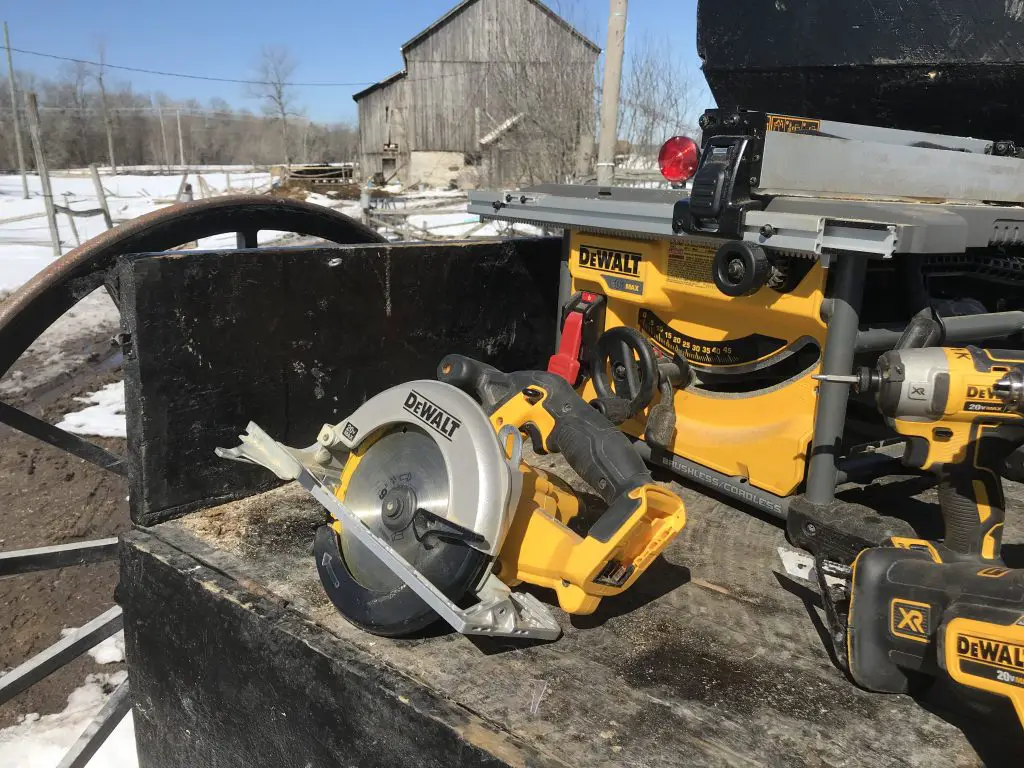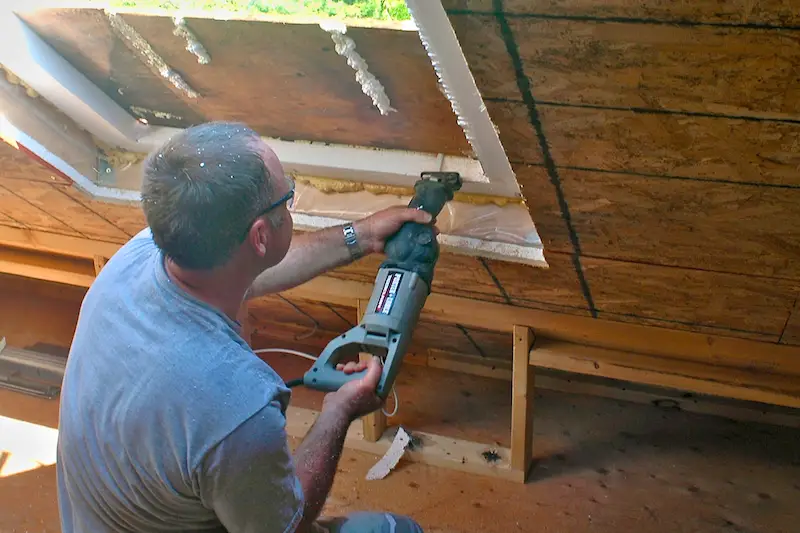- Reading Time = 4 1/2 minutes
Quality, accomplishment and economy – in that order. These are the reasons I’ve found it worthwhile to build my life around the do-it-yourself philosophy for home improvements, home building, auto maintenance and lots of other things. That said, 30+ years of experience has convinced me that success also requires more than just good intentions. You need to understand and come to terms with three home improvement excuses that often prevent great do-it-yourself home improvement plans from ever getting off the ground. Have you ever used any of these myths?
Myth#1: “I Don’t Have Enough Talent!”
There’s a natural mystique that surrounds people who are good with their hands, and it’s easy to mistake this mystique for talent. In reality, a knack for laying ceramic tile, shingling a roof or finishing a basement is nothing more than basic knowledge coupled with practice. Being handy around the house is mostly about experience, focus and effort, with natural talent more or less irrelevant. Yes, some people need more practice than others to catch on to manual skills, but that’s no reason to give up before you even get started. Effective, easy-to-understand videos are available on disk or online for those who have a hard time learning from books.
Myth#2: “I Don’t Have the Time!”
Even allowing 10 to 12 hours each day for employment and commuting, that still leaves most of us with at least four hours of discretionary time each day to make good things happen around the house. And even if you devoted only half of this time to working towards your home improvement goals, this still gives you more than 10 hours of productive DIY time each week. Trouble often sets in, however, when distractions bleed away all your DIY time. That’s where a simple DIY schedule fits in.

What would your professional life be like if you only showed up for work if and when you pleased? Your career would fail, that’s what would happen. Structure is essential to success in your career, and it’s the same for do-it-yourself home improvement projects. Shut the TV off, tackle DIY work three evenings a week and it won’t be long before you’ll see how a small investment of consistent extra effort yields a huge improvement in your life. It’s good exercise, too.
Myth#3: “My Phone Doesn’t Reduce My Productivity!”
This is a very common example of self-deceit and you can easily prove it to yourself. Make use of the phone feature that keeps track of phone usage and compare your weekly phone time with your weekly time on the tools. In my experience few people with a smartphone addiction end up devoting even half as much time to tools and productive DIY work as they do to checking email, reading Tweets, and getting into heated political discussions with strangers. At the end of the year what would you rather have, a finished basement or the pleasure of having read thousands of pieces of digital nonsense?
Myth#3: “Good Tools Cost Too Much!”
Over the past ten years, more and more cheap, ineffective power tools have appeared on store shelves, and this causes two problems. First, it fools inexperienced homeowners into buying cheap tools that makes success difficult or impossible to achieve. “I’m not a professional so I don’t need to pay for good tools”, is something I hear a lot. Rock-bottom prices for cheap tools also makes good tools seem more expensive than they really are.

Fact is, inflation-adjusted prices of today’s best tools are actually lower than they’ve ever been in history. The quality of internal tool design also varies enormously between tools with the same specs but different prices. I know because I’ve taken them apart to see. Besides design differences, the cost of a pro-grade cordless drill, circular saw, impact driver or mitre saw is an even bigger bargain when you consider how quickly these tools pay for themselves when you’re saving the $25, $30 or $50 after-tax per hour you’ll pay for a professional to run them. The world definitely needs professional tradespeople, but there is an alternative when the budget won’t allow you to pay for them.
Besides all the technical advantages of the do-it-yourself lifestyle, practical self-reliance is also a cherished tradition here in North America, where I live. More than most other regions of the world, we have a tradition of practical handiness that’s worth celebrating. I think this may come from the fact that North America is only 100 to 250 years from pioneer settlement, a time when every part of virtually all lives was simply a matter of DIY or Die.
A little confidence, a little time management and a few solid tools make remarkably good things happen. Just don’t let yourself believe the myths that prevent you succeeding.
 Did you find this article useful? I hope so. Please consider helping me cover the cost of creating and publishing content like this. Click the “buy me a coffee” button below for a fast, safe and simple way to make a contribution. Thank you very much for helping to keep this website up and running.
Did you find this article useful? I hope so. Please consider helping me cover the cost of creating and publishing content like this. Click the “buy me a coffee” button below for a fast, safe and simple way to make a contribution. Thank you very much for helping to keep this website up and running.
– Steve Maxwell



